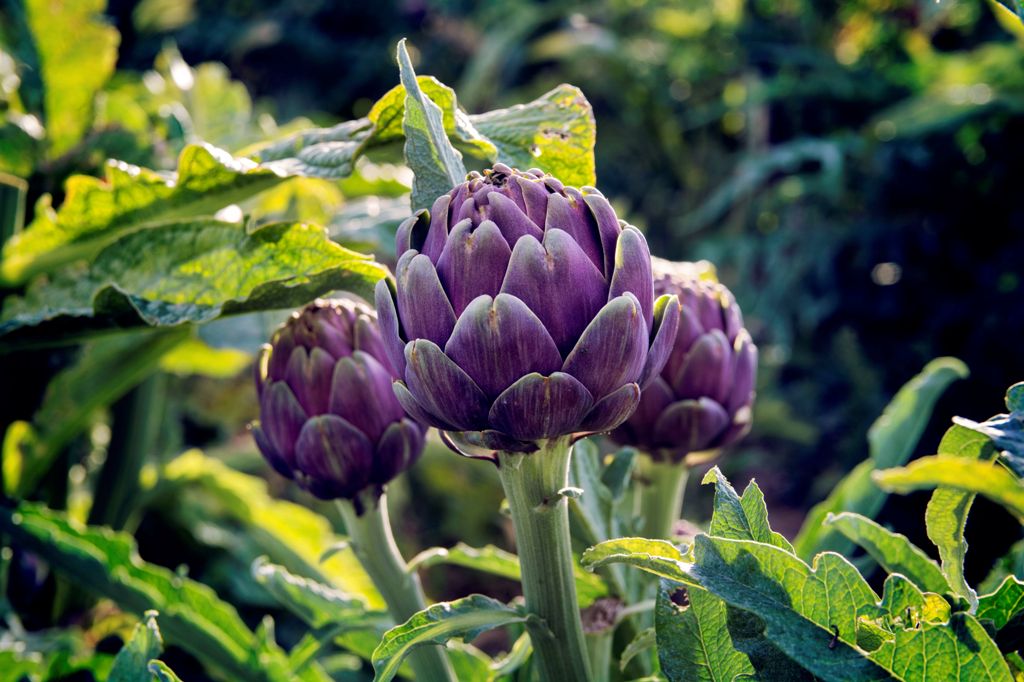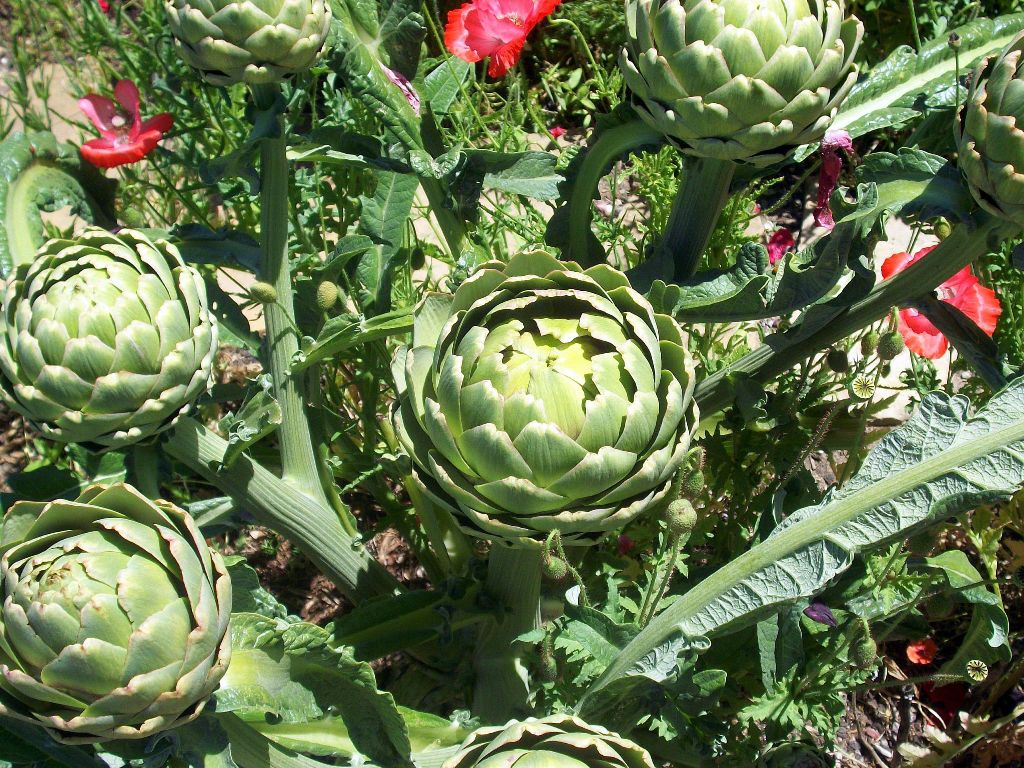How to Grow and Care for Artichoke Vegetable

Artichoke plants are perennials that are often grown as annuals in the regions with cooler climatic conditions. They are short-lived perennials having beautiful silvery leaves and blooms that catch the attention of the eyes. The blooms have a bright color that makes Artichoke a unique looking vegetable. They can change the look of a boring garden for good. They are loved from the times of ancient Greeks and Romans who used to enjoy its taste. Scientifically, Artichoke is called Cynara scolymus and belongs to the Asteraceae family, which is also the same as Sunflowers and Dandelions. They usually start to bud after the second year of their growth. The expected time for the Artichokes to reach their harvest is within 90-100 days. There are four main types of Artichoke to choose from according to your requirements. They are Green Globe Artichoke, Big Heart Artichoke, Violetta Artichoke, and Jerusalem Artichoke.
Preferred Conditions

Selecting the most suitable season, and providing the plant with its preferred conditions promises a healthy growth. With normal climatic conditions, Artichoke can be planted in spring or fall. If the plantation is to take place in areas with cooler climates, early spring is the right time to do so. They thrive best in zones ranging from 9-11. Since Artichoke is large, providing plenty of space is a must. The recommended spacing for Artichokes is about 4 feet. If there is some extra room in the area, spacing 6 feet apart is considered to be the better choice.
Requirements of Light and Water
While planting the Artichoke, it is to be made sure that the light of its preference is provided to ensure the best growth. Artichoke loves the direct sunlight on itself. When planted in the full sun, Artichoke gives out the optimum results. However, it will also thrive if it is planted in areas blocking the sun. However, when in the shade, the flowering buds of the Artichoke show stunted growth. Water is very important for the Artichoke to help them produce tender buds. Like most other plants, Artichoke too loves it when they get plenty of sunlight. It requires to be watered at least twice a week, three max. However, watering should be, according to climates. The plant should not be overwatered as soggy soil can hamper the growth.
Soil and Feeding Needs

Artichoke can mostly tolerate any kind of soil. Although, their preferences lean towards well-drained soil, which is full of nutrients. A soil with plenty of organic matter assures the best growth from Artichoke. However, Artichoke hates it when the soil is soggy as it causes damage to the crown as well as the root system. While working with the soil for a large Artichoke garden, make sure to add 100lb manure for every square foot. The plants prefer a pH with leaning more towards the alkaline side. For feeding the Artichoke, proper nutrition should be provided for well-established growth. Vegetable plant food should be given in a balance to the plants every two weeks.
Problems Related to the Plant
Proper attention should be given to the plants so that it catches no diseases and attracts no pests and insects. Care should be taken against plume moth, which is a larva that damages the bud. Snails and slugs usually damage the leaves by eating them. Curley dwarf, a disease which tries its best to make sure that the plants are killed. Botrytis blight, a fungus that shows up on the areas affected by pests or diseases. Young earwig, an insect that makes holes in the leaves. The pests and the diseases can be dealt with using insecticides, chemical controls, and traps.
The simplest way to know if the Artichoke is ripe or not is by its size. It is ready to be harvested when the central bud is about 3 inches minimum, up to 5 inches in diameter. The harvest should be done before the Artichoke turns tough or opens up a flower.
The Artichoke is a plant that belongs to the thistle family. It can have different appearances while growing. Some Artichokes can take up the shape of a bush and hence confuse. However, there is no such thing as an Artichoke bush.
Six to nine buds are given out by a plant that is kept in good condition, provided with care and attention. The harvest comes mainly in April and May.





